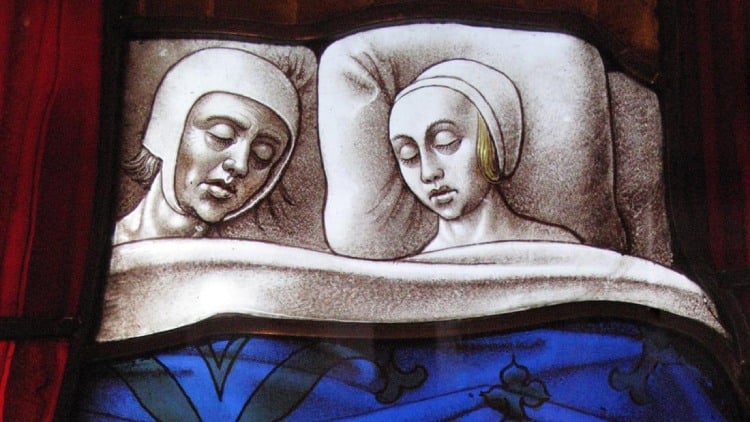History suggests that sleeping all night was not the norm in the past
Wed 12 Jan 2022
Like several others, historian A. Roger Ekirch thought that sleep was a constant in our lives, eight hours of rest a night never really varied over time and place. But in the course of his research on the nocturnal life in preindustrial Europe and America, he found the first evidence that many humans used to sleep in parts — a first sleep and second sleep with a break of a few hours in between to pray, eat, chat and take medicine.
“Here was a pattern of sleep unknown to the modern world,” said Ekirch, a university distinguished professor in the department of history at Virginia Tech.
Ekirch’s book, “At Day’s Close: Night in Times Past,” discovered over 500 references to what’s since been termed biphasic sleep. He also then found over 2,000 references in a dozen languages and goes back in time as far as ancient Greece.
The habit of sleeping through the whole night didn’t really take hold until just a few hundred years ago, his work suggested. It only evolved thanks to the spread of electric lighting and the Industrial Revolution, with its capitalist belief that sleep was a waste of time that could be better spent working.
The history of sleep not only reveals fascinating details about everyday life in the past, but the work of Ekirch, and other historians and anthropologists, is helping sleep scientists gain a fresh perspective on what constitutes a good night’s sleep. It also offers new ways to cope with and think about sleep problems.
There is value in knowing about this prior pattern of sleep in the Western world, said Ekirch. He’s convinced “a large number of people who today suffer from middle-of-the-night insomnia, the primary sleep disorder in the United States.
Adults need more than seven hours of sleep a night, but more than a third of American adults are not getting enough sleep on a regular basis, according to the US Centers for Disease Control and Prevention.
Handley said her research suggested, just like today, sleep was linked to physical and mental health and was a topic that people worried about and obsessed over.
Doctor’s manuals from the time are full of advice on how many hours to sleep and in what kind of posture, she said. The reference guides also list hundreds of sleep recipes to aid a good night’s sleep, she said. These include the bizarre — cutting a pigeon in half and sticking each half to each side of your head and the more familiar — bathing in camomile-infused water and using lavender. People also burned specific types of wood in their bed chambers that were thought to aid sleep.
Doctors advised sleepers to rest first on the right side of their body before turning to the left side during the second half of the night. Resting on the right, perhaps during the first sleep, was thought to allow food to reach the pit of the stomach, where it was digested. Turning to the left, cooler side, released vapors and spread the heat evenly through the body.
It’s thought this habit could be the origin of the phrase about getting out of bed on the wrong side.
Not all scholars believe that sleeping in two shifts, while perhaps common in some communities, was once a universal habit. Far from it, said Brigitte Steger, a senior lecturer in Japanese studies at the University of Cambridge in the UK, who didn’t uncover any references to segmented sleep in her work on sleep habits in Japan.
If we wake up at night, sleep is likely to return, if sleep is not sacrificed to social media or other behavior that makes you more alert or activates a stress response, research has suggested. Like most sleep experts, he recommended getting out of bed if you’re getting frustrated by the failure to fall back to sleep and engaging in a relaxing activity while keeping the lights low.
Source: Agencies

 Apr 18 2024
Apr 18 2024













